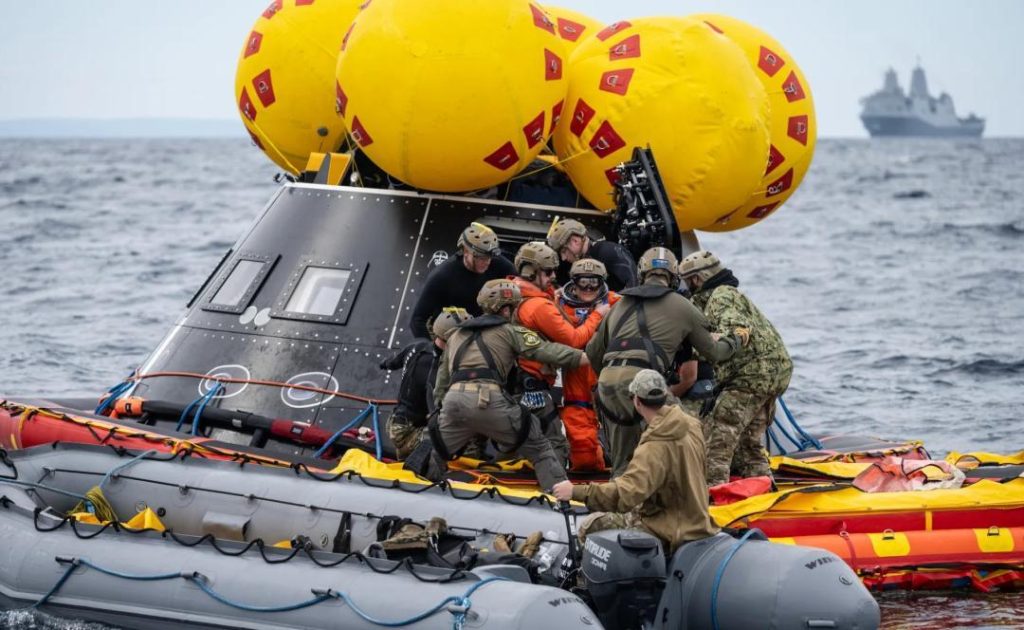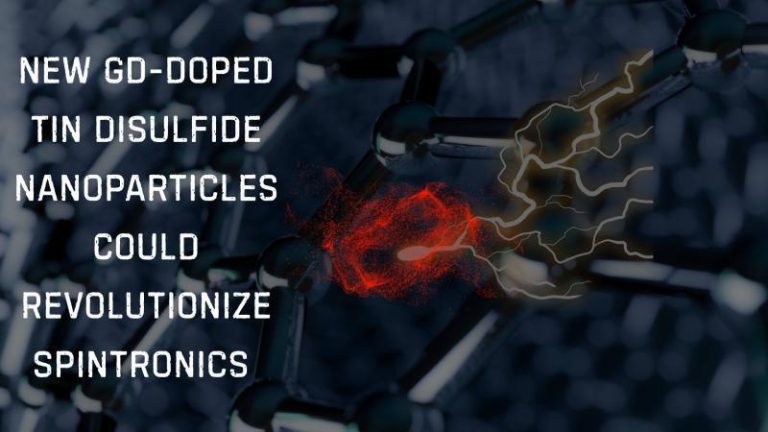
Over 400 Lives Saved with NASA’s Search and Rescue Tech in 2024
In a remarkable display of technological prowess, NASA’s search and rescue technologies have saved over 400 lives in the United States in 2024. This remarkable feat is a testament to the agency’s commitment to using its expertise and resources to make a positive impact on humanity.
The National Oceanic and Atmospheric Administration (NOAA) reported that a total of 52 rescues were conducted using activated personal locator beacons (PLBs), 314 rescues were done using emergency position-indicating radio beacons (EPIRBs), and 41 rescues were facilitated through emergency locator transmitters (ELTs). These technologies, developed by NASA, have proven to be invaluable in locating individuals in distress and facilitating swift rescue operations.
The PLBs, EPIRBs, and ELTs are designed to send out distress signals when activated, which are then received by satellite and transmitted to emergency responders. This enables rescue teams to quickly locate the individual in distress and provide assistance. The devices are used by people who venture into remote or wilderness areas, such as hikers, hunters, and sailors, as well as by those who engage in extreme sports or activities.
One of the most significant benefits of these technologies is that they enable rescue teams to locate individuals in distress quickly and accurately. This is particularly important in situations where every minute counts, such as in search and rescue operations for people stranded in remote areas or in situations where the person in distress is injured or in imminent danger.
The importance of these technologies cannot be overstated. According to the International Civil Aviation Organization (ICAO), the use of satellite-based search and rescue technologies has resulted in a significant reduction in search and rescue times. In fact, the ICAO reports that the average search and rescue time has decreased by 67% since the introduction of these technologies.
The success of NASA’s search and rescue technologies is a testament to the agency’s commitment to using its expertise and resources to make a positive impact on humanity. NASA’s search and rescue technologies are designed to be reliable, efficient, and effective, and they have proven to be invaluable in saving lives.
In addition to the PLBs, EPIRBs, and ELTs, NASA is also developing other search and rescue technologies, including advanced satellite systems and artificial intelligence-powered search and rescue tools. These technologies are designed to further improve the accuracy and speed of search and rescue operations, and to enable rescue teams to locate individuals in distress more quickly and effectively.
The development of these technologies is a collaborative effort between NASA and other agencies, including the NOAA, the Federal Aviation Administration (FAA), and the National Weather Service (NWS). The collaboration is aimed at developing and implementing search and rescue technologies that are capable of locating individuals in distress quickly and accurately, and that are designed to be effective in a wide range of environments and situations.
The success of NASA’s search and rescue technologies is a testament to the agency’s commitment to using its expertise and resources to make a positive impact on humanity. As the agency continues to develop and implement new search and rescue technologies, it is clear that the potential for saving lives and improving search and rescue operations is vast.
Source:






